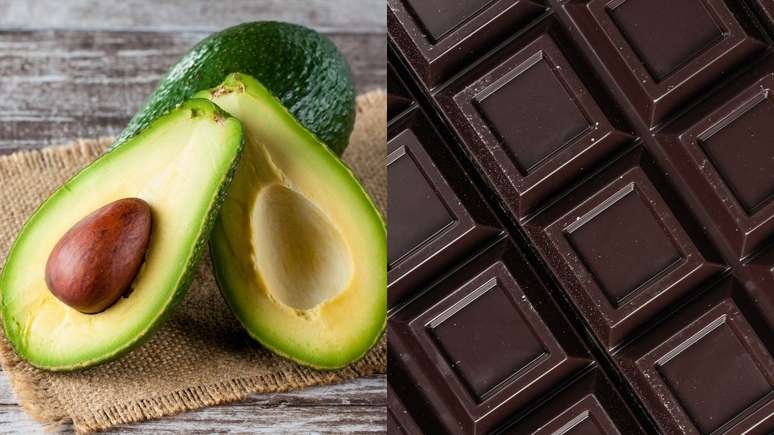The veterinarian lists dangerous foods for dogs and cats and explains the symptoms of poisoning in pets
Currently, in the world, it is estimated that 46.1% of homes have one or more dogs and 19.3% have at least one cat. According to the Brazilian Institute of Geography and Statistics (IBGE), 90% of poisonings by pets occur in the environment in which they livesince even accidentally many end up being exposed to toxic substances.
For veterinarian and clinical director of the Santo Amaro University Veterinary Hospital (HOVET), Andressa Kotleski, there is a lot of ignorance regarding Common foods in pet owners’ diets that are toxic to pets. “Most cases of poisoning could be avoided by informing the population”, reinforces the coordinator of the Unisa veterinary hospital.
Therefore, it is important for owners to have a greater understanding of preventative care as it relates to the environment, storage of cleaning products, medications and pesticides, and food offered to pets.
“The lack of information about foods that cause poisoning can compromise the health and well-being of pets,” emphasizes the veterinarian. Foods that cause poisoning include fruits, such as avocados and grapes, chocolate, and vegetables used in meal preparation, such as garlic, leeks, chives, and onions.
Toxic pet food
Fruits like avocado contain a substance called persin in the fruit and leaves, which is toxic to dogs and cats and leads to changes in cells. Additionally, eating a high amount of avocado can lead to pancreatitis, an inflammation of the pancreas, as the fruit is high in fat.
Due to the size and rigidity of the fruit, there is also a risk of suffocation from the stone. In the case of grapes, ingestion can lead to acute kidney failure. It is believed that one of the reasons for this reaction is the high concentration of sugar and even excess vitamin D.
They belong to the vegetable family such as garlic, leeks, chives and onions Allium. In the composition of these foods there is a substance called n-propyl sulfide, which reduces the activity of an enzyme in blood cells, causing the destruction of animal blood cells.
In the case of chocolate, it may contain caffeine, theophylline and theobromine, which stimulate the central nervous system of animals, causing an increase in heart rate. Furthermore, dogs and cats are more sensitive to them, since the elimination of these substances in the digestive system is slower.
Symptoms of poisoning
According to the vet, some symptoms could indicate poisoning: vomiting, diarrhea, respiratory and abdominal disorders, shortness of breath, excess urine, weakness and dehydration.
According to the specialist, the symptoms can appear, depending on the food consumed, between 6 and 24 hours. Therefore, owners should pay attention if the pet shows any of these signs.
Source: Terra
Ben Stock is a lifestyle journalist and author at Gossipify. He writes about topics such as health, wellness, travel, food and home decor. He provides practical advice and inspiration to improve well-being, keeps readers up to date with latest lifestyle news and trends, known for his engaging writing style, in-depth analysis and unique perspectives.








